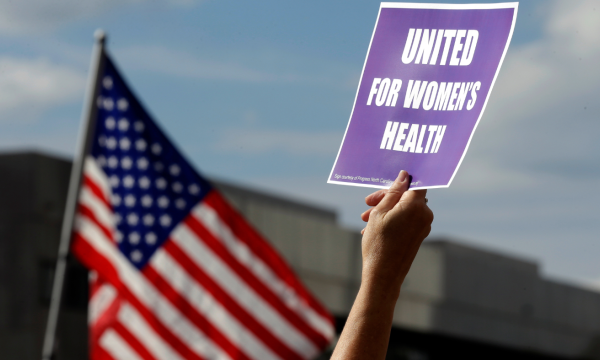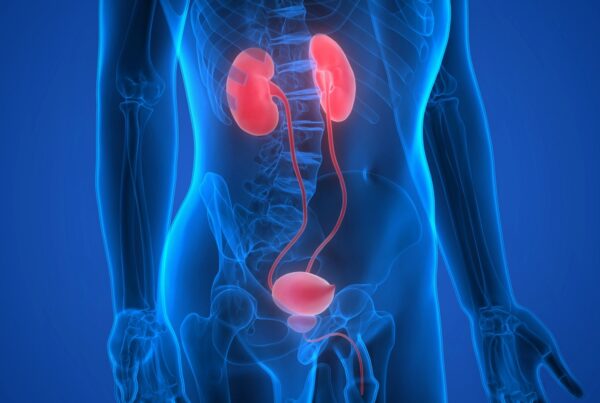Historically, human-tended balloons began flying in 1783. From the late 18th century through the early 20th century, research was conducted on the physiological impact on humans at higher altitudes. In the decades before aviation and World War 1, Dr. Paul Bert, often referred to as the father of aviation medicine, conducted research on the physiological effects of air-pressure using balloons above 10,000 ft in the 1870s. Bert demonstrated the toxicity of oxygen on a variety of insects and animals at higher altitudes. While there was a general understanding of what a human might experience in altitudes above 10,000 ft, it was not until 1918 that the United States began to conduct research in what became the Army School of Aviation Medicine. Brigadier General Theodore Lyster was the first army flight surgeon and known as the Father of Army Aviation Medicine and recognized pioneer in this discipline.

While early aviation was primarily used for the military and mail delivery, it was World War II that aviation as both a military capability and commercial effort really expanded. The term aerospace medicine became the moniker in the years following World War II, thus aligning with the establishment of the US Air Force (USAF). In 1948, the term ‘Space Medicine’ was coined by Dr. Hubertus Strughold, and in 1949, the Department of Space Medicine was created within the USAF. In 1955, the field of aerospace medicine became a board-certified specialty by the American Board of Preventive Medicine in 1955. Aerospace medicine (aviation medicine and/or flight medicine) is a preventative or occupational specialty where physicians are trained to understand and certify pilots of aircraft in both the military and commercial airlines.
As NASA grew in capabilities in its early years and into the Space Shuttle Program, the concept of Space Medicine became the field of study. While a subset of aerospace medicine, space medicine is focused on space travel and the short term and long-term impacts of space flight on the human body, the spacecraft environment, radiation, etc. The medical support provided to astronauts, by highly trained and board-certified physicians, is to enable and enhance crew health and performance during all phases of flight!
As aerospace medicine and space medicine enters in to its second century, it will continue to grow in capability through new space exploration initiatives, innovation, policy changes and commercial endeavors.





